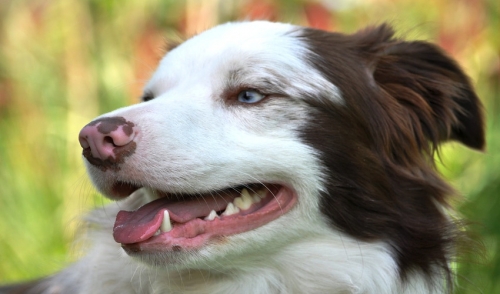Healthy teeth and gums are essential for all pets, from chewing and eating to grooming, defense and clean breath. With just a few steps, pet owners can keep their pet's mouth healthy and avoid a range of unpleasant and dangerous health issues that result from poor dental care.
Know the Signs
The first step to proper pet dental care is recognizing problems so any issues can be addressed immediately. Watch your pet for these signs that indicate their teeth or gums are in trouble…
- Strong, offensive smells on the breath
- Swollen or discolored gums (pink is normal)
- Excessive drooling
- Pawing at the mouth
- Trouble chewing or signs of pain while eating
- Loose or missing teeth
If any of these signs are noticed, it is best to take your pet to the veterinarian for a dental checkup.
Good Dental Care
The best way to avoid dental problems is to establish a healthy mouth regimen for your cat or dog.
- Clean your pet's teeth regularly with an appropriate pet toothbrush and toothpaste; human-sized tools and human toothpaste are not suitable and can be dangerous. Ideally, aim for cleaning a pet's teeth 2-3 times per week.
- Schedule annual dental checkups with your veterinarian to remove tartar buildup and look for more serious issues. Ask for professional tips for home cleanings and care if your pet resists having its teeth cleaned.
- Include dry, crunchy food in your pet's diet. Hard foods help scrape away soft tartar before it can harden, and leave less debris in your pet's mouth that can cause further tooth decay.
- Offer suitable chew toys to satisfy your pet's gnawing instincts and help scrape away tartar and food debris before it can cause more severe dental problems. Chewing also helps massage your pet's gums and strengthen teeth to prevent further decay.
With proper care, cats and dogs can enjoy healthy teeth for life, and pet owners can easily minimize the risk of tooth and gum problems that can lead to greater health issues and discomfort for their pet.






Comments